| Designation: | SK 105 Kurassier |
 |
|---|---|---|
| Manufacturer: | General Dynamics European Land Systems-Steyr GmbH | |
| Product type: | Armoured Vehicles | |
| Name: | Light tank |
This light tank was developed by the Saurer-Werk (today Steyr Daimler-Puch). The first prototype was ready in 1967 and first production vehicles were delivered in 1971. Although classified as "tank destroyer" [Jagdpanzer] by the Austrian army, SK 105 (known as Kurassier) is considered a light tank. Many of its automotive components are identical to the used ones in the armored troop carrier vehicles of of (APC) built by Steyr, allowing to the users to have an full family of the vehicles based on similar parts, which facilitates training and the logistic support. The SK 105 variants include the Greif armored recovery vehicle, the Pionier engineering vehicle and the driver training vehicle. They are in service in Argentina, Austria, Bolivia, Morocco and Tunisia. The Navy of Brazil also acquired 17 SK 105 for the Body of Fuzileiros Navais (CFN). The incorporation of this tank is part of the Program of Reaparelhamento of the Navy for equiping fiflemen with more modern equipment. Production of the SK 105 resumed for Botswana, with an order for 20 brand new vehicles and an option on an additional 30 vehicles.
The Steyr SK 105, nicknamed the Kurassier, was developed from 1965 by Saurer-Werke which was taken over in 1970 by the Steyr-Daimler-Puch company; it is based on a redesigned chassis of the Saurer APC.
The SK 105 was developed to provide the Austrian Army with an independent anti-tank weapon for difficult terrain.
The first prototype was completed in 1967 with the second following in 1969. Five preproduction vehicles were completed in 1971 and by early 1999 some 600 vehicles had been built for home and export markets.
Over the last few years Steyr-Daimler-Puch has overhauled the complete Austrian Army fleet of SK 105 light tanks and the last of these was delivered in 1997.
In 1997, Botswana placed a contract with Steyr-Daimler-Puch for the supply of 20 new SK 105 light tanks plus an option on another 30 vehicles. The first batch of 20 vehicles were delivered to Botswana early in 1999.
The hull of the SK 105 is welded steel and is divided into three compartments: driver's at the front, fighting in the centre and the engine at the rear. The SK 105 is immune to 20 mm armour-piercing rounds over its frontal arc.
Add-on armour on the front part of the chassis and turret is available as an option which provides protection against 35 mm APDS projectiles at a flank arc of ±20°.
The driver sits at the front of the vehicle on the left and is provided with a single-piece hatch cover that opens to the left. There are three periscopes forward of his hatch cover and in wet weather a small windscreen with a wiper can be fitted. The driver's centre day driving periscope can be replaced by a passive night vision periscope if required. Ammunition and the vehicle's batteries are stowed to the right of the driver.
The Steyr JT1 oscillating turret is similar to that fitted to some members of the French Giat Industries A MX-13 light tank family. The commander is seated on the left of the turret and the gunner on the right. The commander is provided with seven periscopes, a periscopic sight with a x1.6 magnification and a 28° field of view or alternatively x7.5 "magnification and a 9° field of view and, a single-piece hatch cover that swivels to open. The commander's infrared night sight has a magnification of x6. The gunner has two observation periscopes, a telescopic sight with a magnification of x8 and an 8.5° field of view and a one-piece lifting and swiveling hatch cover. Due to the design of the oscillating turret all sights are always linked to the main and secondary armament. For engaging targets at night an infrared periscopic sight with a magnification of x6 and a 7° field of view is provided for the commander. A CILAS TCV 29 laser range-finder (range of 400 to 9,995 m) is mounted on the roof of the turret. The XSW-30-U 950 W infrared/white light searchlight is fitted on the left front plate of the oscillating part of the turret. A fixed fan in the turret draws out fumes when the main or secondary armament is fired.
The engine and transmission are at the rear of the vehicle and the engine compartment is fitted with a fire extinguisher which can be operated by hand or automatically. Combustion air is drawn in via a cyclone filter system.
The engine drives an oil pump with a variable output linked to a hydraulic motor acting on the differential which controls the tracks. By acting on the steering gear and the speed of the engine the driver can continuously adjust the speed ratio of both tracks. All turning radii can thus be obtained until pivoting on the spot occurs, with both tracks turning in opposite directions at the same speed. Since this system needs no action-from the brakes, the whole power produced by the engine is constantly available at the tracks. The main brakes of the SK 105 are hydraulic and foot operated disc brakes.
The torsion bar suspension consists of five dual rubber-tyred roadwheels with the drive sprocket at the rear and the idler at the front. There are three track-return rollers and the first and last roadwheel stations have hydraulic shock-absorbers. The vehicle has tracks with rubber blocks, each track having 78 links. Steel spikes can be fitted for operations in ice and snow.
The SK 105 has individual NBC protection by means of face masks and a diesel operated heater is fitted as standard on all models. The SK 105 is not amphibious but can ford to a depth of 1 m.
All production versions of the SK 105 have a 105 mm gun designated the 105 G1 which fires the following types of spin-stabilised fixed ammunition: HE with complete round weighing 18.5 kg and a muzzle velocity of 700 m/s; MEAT with complete round weighing 17.3 kg, a muzzle velocity of 800 m/s and a maximum effective range of 2,700 m which will penetrate 360 mm of armour at an incidence of 0° or 150 mm of armour at an incidence of 65°; and smoke with complete round weighing 19.1 kg and having a muzzle velocity of 695 m/s.
The 105 mm 105 G1 enables APFSDS rounds to be fired, giving a greater armour-piercing capability than the HEAT projectile.
The modifications to the SK 105 include a single-stage muzzle brake, lower extractor, an ammunition loading chute, six-round revolving magazines in the rear of the turret and the ammunition stowage racks in the hull and turret basket, as APFSDS projectiles are longer.
The APFSDS round has been developed by Giat of France and is designated the OFL 105 G1.
The OFL 105 G1 has a muzzle velocity of 1,460 m/s and will penetrate a NATO triple target at a range of 1,000 m and a NATO heavy single target at a range of 1,200 m.The projectile itself weighs 3.14 kg, 1,84 kg of which is accounted for by the penetrator.
The 105 mm gun is fed from two revolver-type magazines in the turret bustle, one on either side and each holding six rounds of ammunition. Once the gun is fired the empty cartridge cases are ejected out of the rear of the turret through a trapdoor hinged on the left.
- Upgrade Package
Steyr-Daimler-Puch is now marketing an upgrade package to enable existing SK 105 users to upgrade their vehicles to the SK 105/A1 configuration.
The modifications include moving the position of the searchlight from the turret top to the left side of the 105 mm gun; installation of a cupola mounted 7.62 mm or 12.7 mm machine gun additional armour protection over the frontal arc (20° to the longitudinal axis) to provide protection against APDS rounds up to 35 mm: modification of the weapon to fire 105 mm APFSDS rounds; a fire-control computer and a gunner's sight with integrated laser range-finder; thermal sight for gunner with commander's monitor: hydraulic bump stops for improved cross-country mobility; 250 Ah dry batteries; a fire extinguishing system using Halon; and a fully automatic ZF 6 HP 600 transmission with torque converter and lock-up clutch.
For desert operations improvements include sand shields, an improved cooling system and a cyclone-type air cleaner. The night fighting capability can be improved by image intensification devices for the driver.
- Greif Armoured Recovery Vehicle
- Pionier Vehicle/Engineer Vehicle
- Driver Training Vehicle
This is called the 4KH7FA-FA (Fahrschulpanzer) and is based on the chassis of the SK 105. Each SK 105 can be converted into a driver training vehicle within 2 hours.
|
||||||||||||||||||||||||||||||||||||||||||||||||||||||||||||||||||
|
|||||||||||||||
|
||||||||||||||||||||||||||||||
|
|||||||||||||||||||||||||
All contracts...
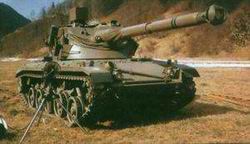 |
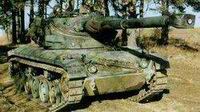 |
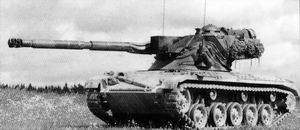 |
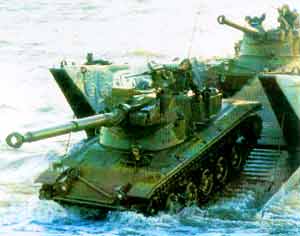 |
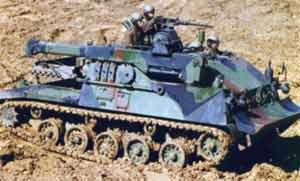 |
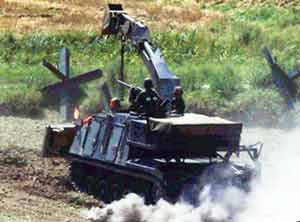 |
 |
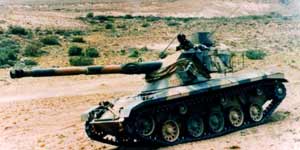 |
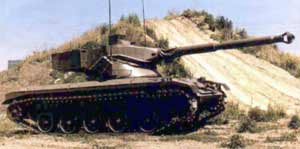 |
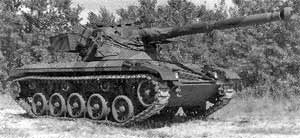 |
 |
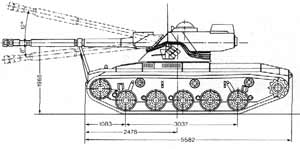 |
 |
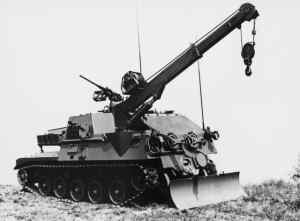 |
 |
 |
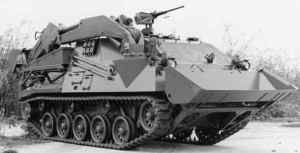 |
 |
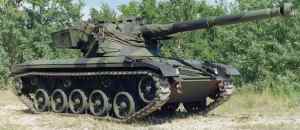 |
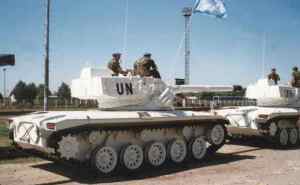 |
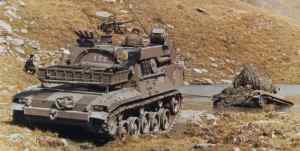 |
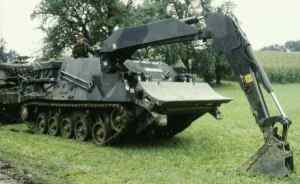 |






